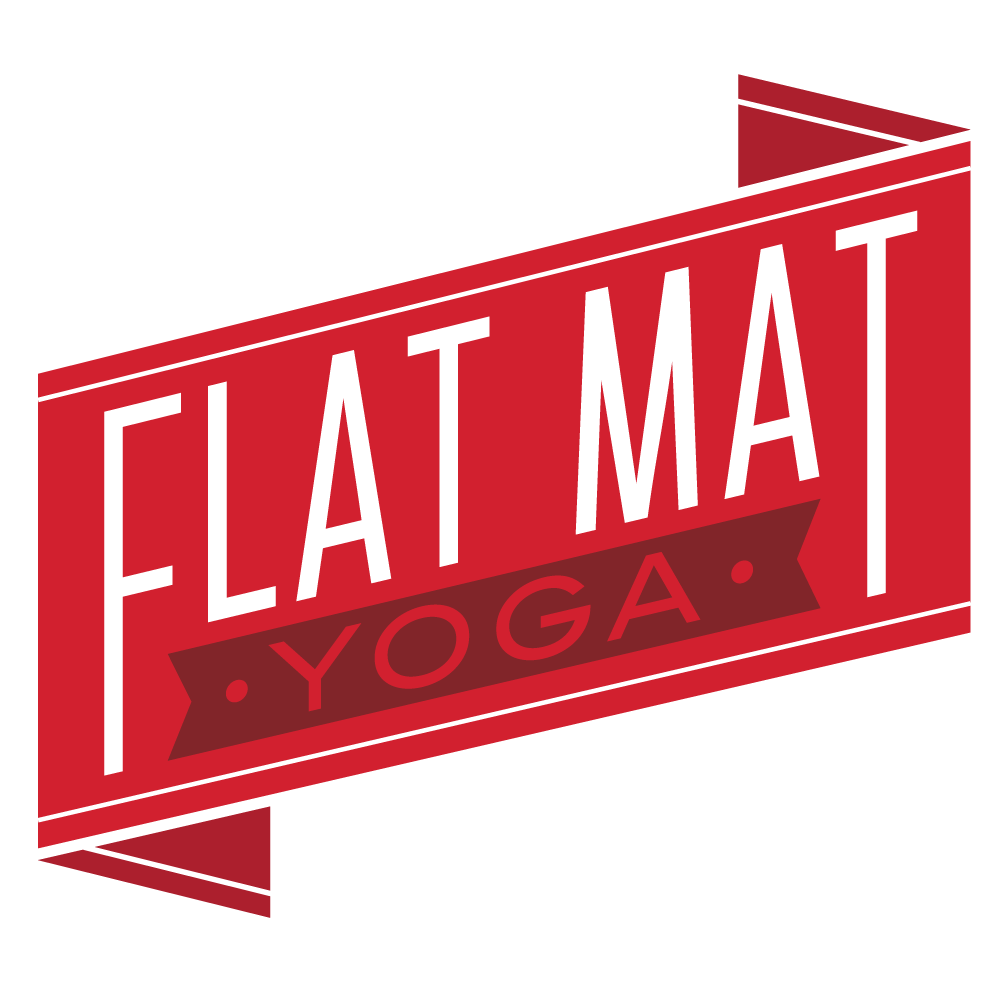The most frequent question that students ask me is how to stretch their psoas. They tell me it’s “tight” or “short.” Or they point at the front of their pelvis and say, “This. This hurts. What can I do?” I have an answer that I always give–in short, “Stop beating up your hip flexors!”–and nine times out of ten, they don’t like it.
I’m going to tell you about it anyway.
Here’s the thing: the more I read about the psoas, and the more I talk with medical professionals and teachers who know much more than I do (like the rockstar physical therapist Jill Nye the Science Guy of the Rat City Rollergirls, and yoga therapist and exercise scientist Jules Mitchell), the more I’m convinced that all of the stretching and rolling that we do for our poor psoas muscles isn’t the solution. In fact, when I talked with Jill, she told me that she’s never–yes, never–seen a short iliopsoas. Jules’ research on the science of stretching backs that up: “Your [muscle] length is your [muscle] length – determined by the distance between your attachment points.”
So…your hip flexors feel tight. Or sore. Or both. What do you do?
Stop Beating Up Your Hip Flexors: The Long Answer
You rest. Constructive rest, but rest!
This is why my students–roller derby players like you, rock climbers, and other athletes–hate my response. Everyone wants instant relief, and trust me: I do, too! With the psoas and other hip flexors, though, less is often more.
Get yourself set up to rest well. Make sure you have enough layers on to stay warm so that you’re not jumping up two minutes in. Lie on your back with your knees bent, and place the soles of your feet flat on the floor at least a foot from your hips. You can wiggle your feet a a bit further away–even a few inches more if that helps you feel more settled. One thing that can be pretty awesome is to loop a belt around your thighs so that you don’t have to use your inner thigh muscles to hold your legs up. Give them a break, too.
And then…you stay there. Possibly for five minutes, maybe ten, maybe even 15 or 20. I know, I know. You want to be up skating! You’ve got things to do! You want instant relief! I hear you, and I’m telling you that it’s not a thing. Lie on the floor. Do nothing. When you start feeling stuff–discomfort or sensations–stay there. Keep breathing. (Don’t torture yourself, of course! But try to stick with this until you start feeling some relief.)
Of course, you might not end up feeling anything. That’s the other thing about this. Then again, you might feel your pelvis sink down a little heavier. You might feel your hip flexors breathe an epic sigh of relief.
And that’ll be worth it. F’reals.
But Kickit, I Really, REALLY Can’t Just Lie There…
If lying on the floor is causing pain or panic, here’s another gentle option for you. Because again: stop beating up your poor, already-derby-abused hip flexors!
Start in the same rest pose as above, only this time bring your left knee in toward your chest for a hug–only so far as the position of your back doesn’t change! (Your low back might want to round and press into the floor. If that’s the case, don’t bring your leg in as close.) Your leg might be nowhere near your chest/belly, and that’s a-okay. If you’re having a really tough time reaching your shin without changing the position of your spine, hold the back of your thigh, or place a belt around your shin and hold the belt instead of your leg.
Once you’re settled in there, begin to slide your right heel forward to stretch your right leg out in front of you. Your leg doesn’t need to fully extend. Again, only go so far as you’re able to go without changing the position of your spine. If that means your right knee is still bent, let it be bent. (This time, your low and mid back might want to arch away from the floor. If you’re allowing your spine to arch, you’re taking away the possibility for your psoas to release. The more you know, right?)
Hang out here for 5-10 breaths, maybe up to 20 if you’re feeling pretty good here. When you’re ready, release and repeat on the other side.
And y’all: don’t do these immediately before you head to practice, okay? Give your body a little time to chill.




